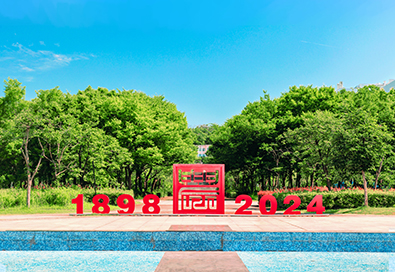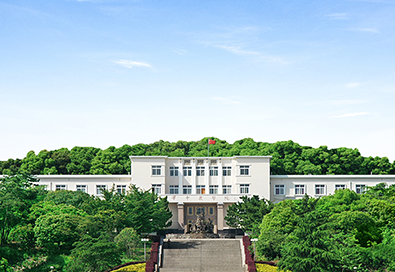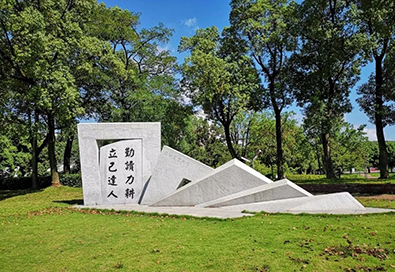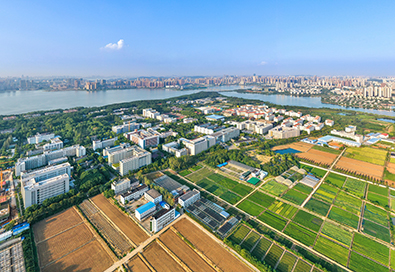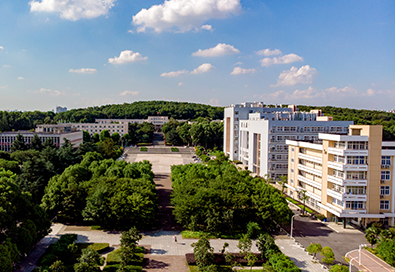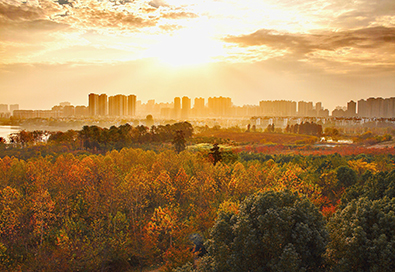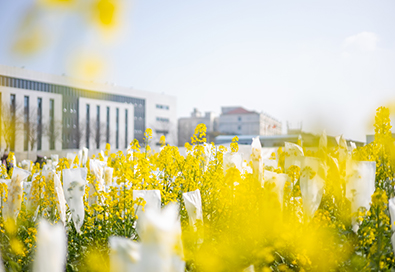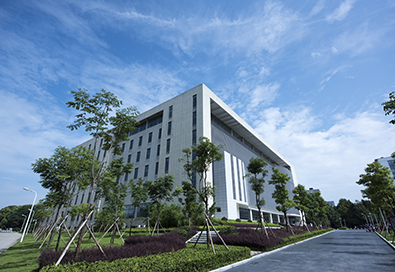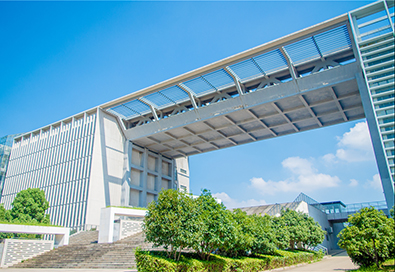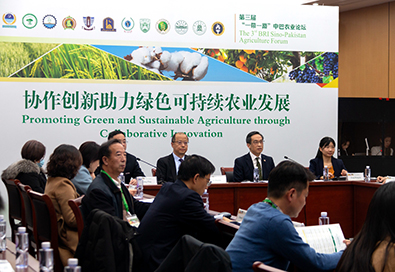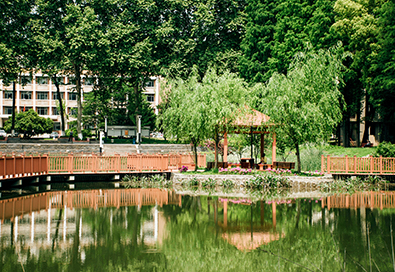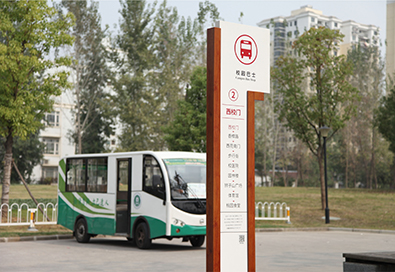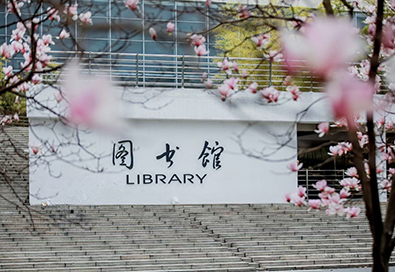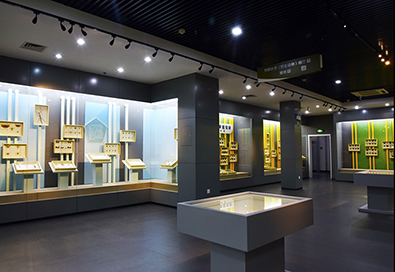On May 6, the rapeseed team from Huazhong Agricultural University (HZAU) held a yield monitoring on "Key Techniques for Stable Production of Late Sowing Short-growth-period Rapeseed" at the rapeseed demonstration base in Wuxue, Hubei province.
Over 40 leaders and experts attended this event. They mainly came from the Department of Agriculture and Rural Affairs of Hubei Province, Oil Crops Research Institute of Chinese Academy of Agricultural sciences, Hubei Rapeseed Office, Huanggang Academy of Agricultural Sciences, Wuxue Institute of Agriculture and Rural Affairs, Hubei Agro-Tech Extension Center and the College of Plant Science and Technology of HZAU.
The late sowing rapeseed demonstration base in Siwang town of Wuxue covers 120 mu (1 mu= 0.0667 hectares), and its previous crop was rice. Shengguang 127, a rapeseed variety with late sowing tolerance and prematurity, was sowed on October 26th, 2023. Key techniques were applied in its growth process including seed coating, strengthening weak seedlings, supplementing potassium to improve lodging resistance, and mechanized harvesting. On May 6, the rapeseed was reaped by combine harvesters to estimate its yield. Among the 3.2 mu harvested fields, seed wet weight reached 618.78kg; impurity content mounted 6.5%; moisture content was 25.2%; based on the standard moisture and impurity level of 11%, the actual production achieved 151.554 kg per mu.
This event was led by Xiao Changxi, former vice president of Department of Agriculture and Rural Affairs of Hubei Province, and Ma Ni, researcher from Oil Crops Research Institute of Chinese Academy of Agricultural sciences, was the deputy team leader. Other members included Professors Huang Jinaliang, Zhang Chunyu of HZAU and Chang Haibin, advanced agronomist of Huanggang Academy of Agricultural sciences. They reached the consensus that based on the rice-rice-rapeseed mode, the application of key techniques including seed selection and processing largely improved the production of rapeseed in triple cropping area in the Yangtze River basin, hence facilitating the utilization of winter-fallow fields in the basin.
Developing key techniques for stable production of late sowing short-growth-period rapeseed is one of the results of the modern agro-tech system "Technology Development and Integration Demonstration for Improving Stress Resistance, Yield, Efficiency of Rapeseed" and major research project on "Innovating Key Technologies and Breeding of Short-growth-period Rapeseed". There are about 3 million mu of ratoon rice and over 4 million mu of double cropping rice in Hubei province. As rapeseed will be planted after the harvest of ratoon rice or late rice, delayed sowing date will lead to poor quantity and quality of seedlings, low and unstable yield and efficiency, and decreased farmer’s passion for planting rapeseed. These will possibly result in more fallow land after rice harvested. To solve urgent problems in late sowing rapeseed production, jointly developing and extending key techniques for its stable yield is significant for increasing production efficiency, decreasing winter-fallow field, enhancing the self-sufficiency rate of edible vegetable oil.
Source:http://news.hzau.edu.cn/2024/0507/69643.shtml
Translated by: He Fan
Proofread by: Li Xin
Supervised by: Wang Xiaoyan

